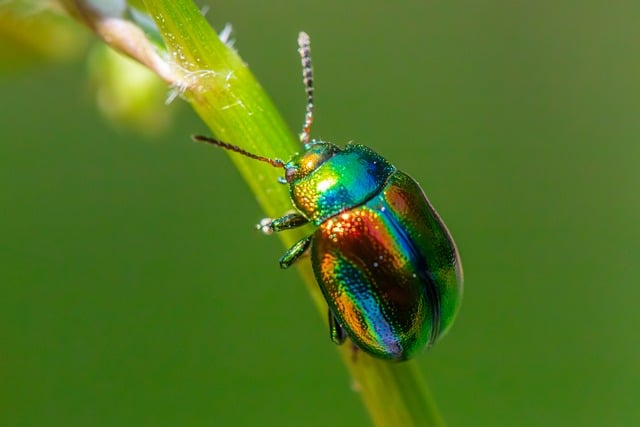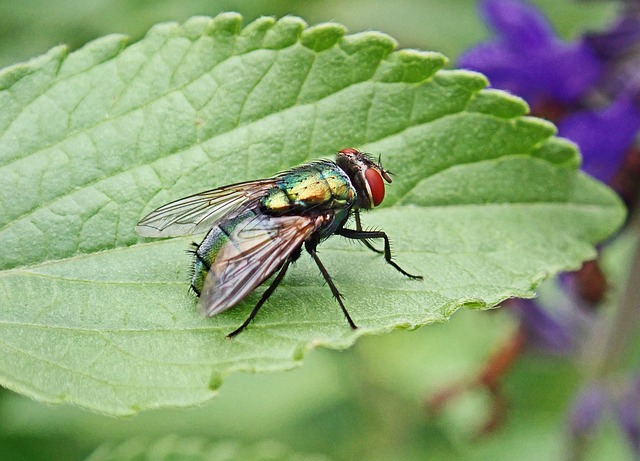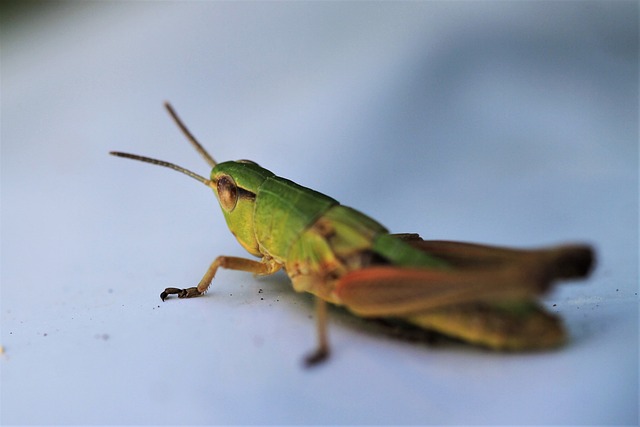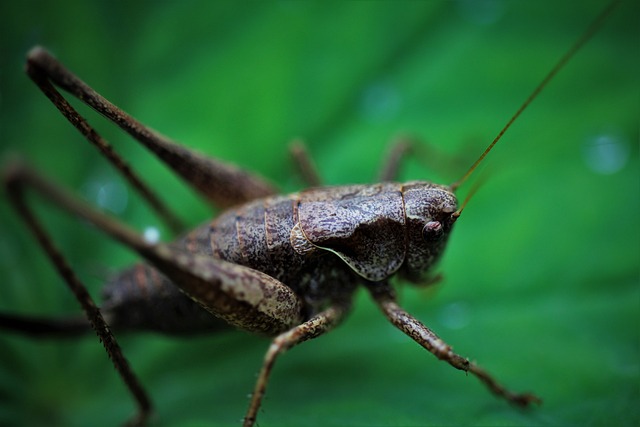Mosquitoes pose a significant threat to cattle health and agricultural productivity in Highlands Ranch due to disease transmission and rapid population growth fueled by stagnant water. The area's unique landscape and climate contribute to mosquito proliferation. Farmers can effectively mitigate mosquito impact through understanding mosquito behavior and implementing environmentally friendly strategies like removing standing water, using natural repellents, introducing beneficial insects, leveraging natural predators (bats, birds), installing bat houses, proper pasture management, monitoring, and continuous evaluation of methods. These strategies provide cost-effective pest control for cattle pastures while preserving a healthy ecosystem and minimizing chemical treatments.
Mosquitoes pose a significant challenge to cattle pastures in Highlands Ranch, impacting animal health and productivity. This article explores effective strategies to combat these pesky invaders. We delve into understanding mosquito behavior and their impact on livestock, offering insights tailored to the unique environment of Highlands Ranch. Additionally, we highlight cost-effective pest control measures that deliver optimal results. By implementing these practices and continuously monitoring success, ranchers can enjoy healthier cattle and improved pastures.
- Understanding Mosquitoes and Their Impact on Cattle Pastures in Highlands Ranch
- Implementing Cost-Effective Pest Control Strategies for Optimal Results
- Monitoring and Maintaining Success: Continuous Improvement for Mosquito Reduction Programs
Understanding Mosquitoes and Their Impact on Cattle Pastures in Highlands Ranch

Mosquitoes are more than just a nuisance; they can significantly impact cattle pastures in Highlands Ranch. These tiny pests pose a considerable threat to both animal health and agricultural productivity. Cattle in particular are susceptible to mosquito-borne diseases, which can lead to reduced growth rates, decreased milk production, and even death. In addition, mosquitoes lay their eggs in stagnant water, creating breeding grounds that multiply their population rapidly.
Highlands Ranch, with its unique landscape and climate, offers ideal conditions for mosquito proliferation. However, understanding these insects’ behavior and life cycle is the first step towards implementing effective, cost-effective pest control strategies. By focusing on environmentally friendly methods tailored to cattle pastures, such as removing standing water sources, using natural repellents, and introducing beneficial insects, local farmers can mitigate mosquito impact while maintaining a healthy ecosystem.
Implementing Cost-Effective Pest Control Strategies for Optimal Results

Implementing cost-effective pest control strategies is essential for maximizing the success of mosquito reduction programs, especially in areas like Highlands Ranch’s cattle pastures. One of the most effective and affordable methods is utilizing natural predators such as bats and birds that feed on mosquitoes. Installing bat houses or creating habitats favorable to these nocturnal insectivores can significantly reduce mosquito populations without the need for chemical interventions.
Additionally, proper pasture management plays a crucial role. Regular mowing and removing standing water sources, like buckets or discarded containers, disrupts mosquito breeding cycles, as they require stagnant water to lay eggs. By maintaining a clean and well-managed environment, cattle farmers in Highlands Ranch can achieve substantial mosquito control while minimizing costs associated with chemical treatments.
Monitoring and Maintaining Success: Continuous Improvement for Mosquito Reduction Programs

Monitoring and maintaining success is a crucial aspect of any mosquito reduction program, especially in areas like Highlands Ranch where cost-effective pest control for cattle pastures is essential. Regular inspections and data collection allow program managers to identify trends and hot spots, ensuring that treatments are targeted and efficient. By continuously evaluating the effectiveness of methods such as larvicide applications, trap placement, and habitat modification, they can make informed adjustments to optimize results.
This iterative process fosters continuous improvement, enhancing the overall success of mosquito reduction efforts. It also helps in understanding the evolving behavior of mosquito populations, enabling the implementation of innovative strategies. In Highlands Ranch, for instance, maintaining a dynamic approach ensures that cost-effective pest control methods stay ahead of any new challenges, providing a healthier and more enjoyable environment for both residents and livestock.
Mosquito reduction programs, specifically tailored for cattle pastures in Highlands Ranch, require a multi-faceted approach combining understanding mosquito behavior with cost-effective strategies. By implementing continuous monitoring and improvement processes, it’s possible to achieve and maintain optimal results. These programs not only protect livestock and reduce environmental impact but also enhance the overall health and productivity of the local agricultural landscape. For sustainable success, adopting a proactive and informed strategy for cost-effective pest control is key.
